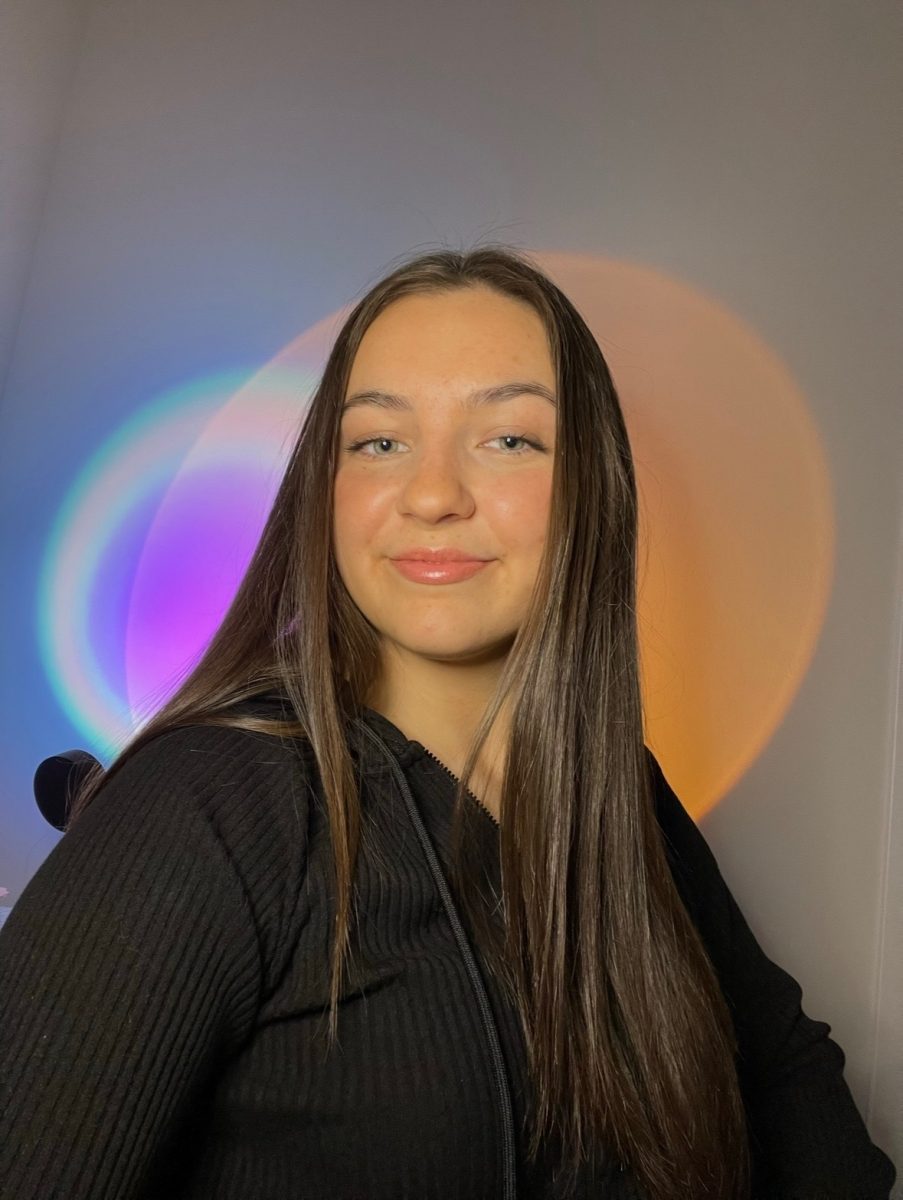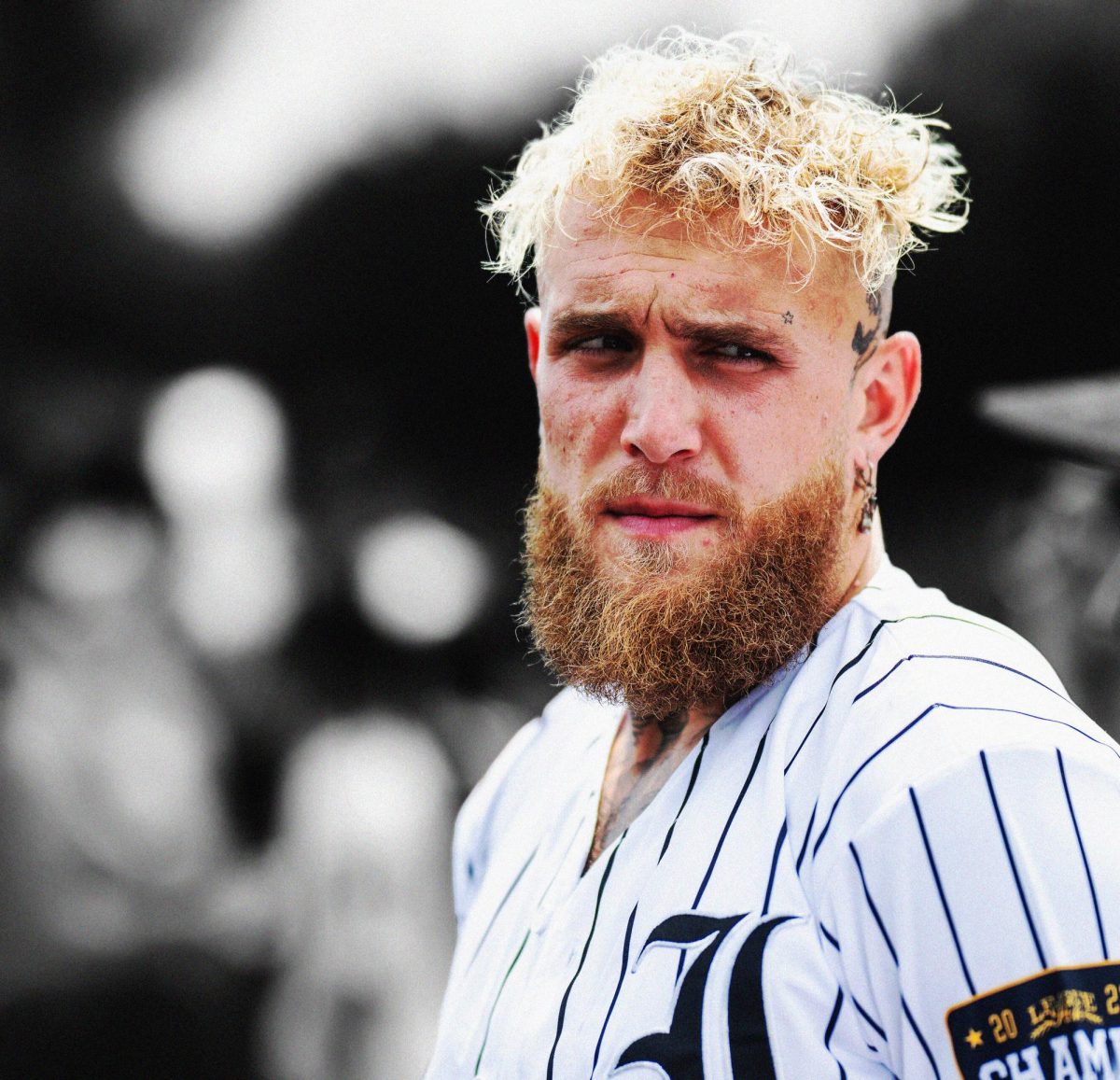
Normally, when one hears the term ‘viral video,’ a thirty-second clip of a woman stomping grapes comes to mind, not a 30-minute profile of an African warlord. The latter is Invisible Children’s “KONY 2012” film, an exposé that has taken social media by storm in recent weeks earning both followers and critics.
Invisible Children, a human rights organization focusing on abuses in Uganda and other African nations, has set new records for the popularity of videos on the internet through their KONY 2012 campaign. According to Visible Measures, a company that measures and sells ads for viral videos, it took only six days for the video to reach 100 million views. The video has also been translated into Spanish, Italian, French, Chinese and other languages.
The KONY 2012 campaign focuses on ending violence perpetrated by the Lord’s Resistance Army and its leader Joseph Kony by the end of 2012. The 30-minute video produced by the nonprofit organization shares the story of Kony, a bush fighter leading the LRA in a resistance movement against the Ugandan government. Kony is currently wanted for war crimes and crimes against humanity.
Christina Fiocchi, senior in the College of Business Administration, is the president of Invisible Children at Marquette. Fiocchi has been involved with Invisible Children for nearly six years.
Last semester, the Marquette club supported the Protection Plan, Invisible Children’s program in the Democratic Republic of Congo, Central African Republic and South Sudan that seeks to to construct radio towers to expand an Early Warning Radio Network. The goal of the program was to connect communities to one another through security and humanitarian reporting.
Fiocchi said the KONY 2012 campaign is about human beings waking up and realizing the power and potential they have. She said Invisible Children at Marquette is trying to plan what can be done on campus to promote the KONY 2012 campaign.
“We have started something that cannot be stopped,” Fiocchi said. “I think that is truly amazing.”
But one critique leveled against the KONY 2012 campaign by many commenters is that the issue is too complex for even a 30-minute video to explain.
Ethan Zuckerman, director of the Center for Civic Media at MIT, questioned whether Invisible Children’s approach to simplify the story about Kony could make matters worse in Uganda and parts of central Africa in a March 8 blog post.
“The problem, of course, is that this narrative is too simple,” Zuckerman wrote. “The theory of change it advocates is unlikely to work, and it’s unclear if the goal of eliminating Kony should still be a top priority in stabilizing and rebuilding northern Uganda.”
The video focuses on the harm Kony causes in Uganda, though he is currently not in Uganda and has not been for six years. Kony and the LRA’s presence are now felt in the Democratic Republic of the Congo.
Ben Keesey, chief executive officer of Invisible Children, acknowledged in a follow-up video released last Monday that the campaign’s video overlooks many nuances but said it functions as a “first entry point” that puts the conflict “in an easily understandable format.”
Many also say the group is too late in bringing attention to Kony and the LRA and that the video portrays a bygone era. The height of the war was between 1999 and 2004 when children took refuge in the streets of Gulu to escape abduction and brutal conscription. Further, the size of the LRA is declining and analysts put membership between 250 and 300 people at the most.
It is undisputed, however, that the atrocities committed by Kony and the LRA have gone unnoticed by the general public in recent years. During Kony’s 25 years leading the LRA, he abducted over 30,000 children and transformed them into child soldiers. The LRA is responsible for massacres, mass rapes and mutilations. In 2005, the International Criminal Court in the Hague put Kony at the top of their most wanted list. He is indicted on 33 counts of war crimes and crimes against humanity.
Many other critiques of the campaign focus on Invisible Children as an organization.
One Tumblr blog, Visible Children, pointed out that 32 percent of Invisible Children’s funding goes to direct services while the remainder funds staff salaries and overhead costs. Invisible Children, in a blog post, did not dispute the 32 percent figure but said another 26 percent of their budget went to awareness programs — the staple of the Invisible Children campaigns.
In the film, director Jason Russell talks about how social media is empowering people all over the world to bring about change. The film asks viewers to share the video with their social media networks so that “Kony’s name is everywhere.”
Russell asserts in the film that, “in order for people to care, they have to know.”
John Hennessy, a senior in the College of Business Administration, said his cousin sent the KONY 2012 video to his entire family.
“When I watched the video I felt it in my heart,” Hennessy said. He said it did not take much for him to understand that awful things are going on.
Danah Boyd, a social media researcher, talked about Invisible Children’s campaign in an interview with the New York Times.
“They create narratives that can be boiled down to 140 characters while still engaging people emotionally,” Boyd said. “They create action messages that can be encapsulated into a hashtag. And they already have a strong network of people who are, by and large, young, passionate, active on social media and structurally disconnected from one another.”
Boyd said the message can be inserted into a diverse range of youth conversations all at once, exponentially expanding its reach.
Nick McNamara, a sophomore in the College of Engineering, is skeptical of the impact social media will have on the campaign.
“Sure, the information is getting out there but what are (the viewers) actually going to do about the issue?” McNamara said. “What impact will a Facebook post have?”





